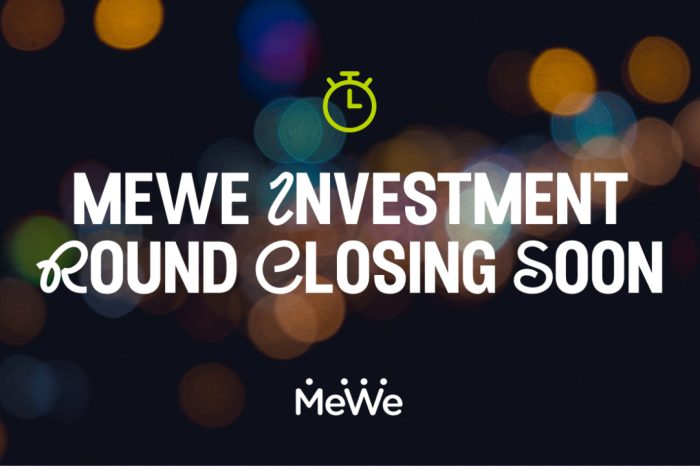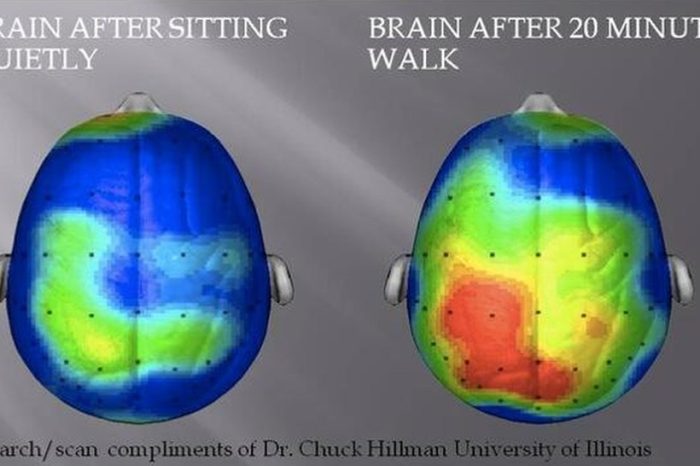The market research is the process through which certain information is collected from the market, this information is analyzed and, based on this analysis, decisions are made or designed strategies.
The depth of market research and the need for it can be diverse and can range from a somewhat informal research that allows us to better meet our customers through small surveys, to a formal investigation, costly and several months of duration to allow us to test a hypothesis market.
Whatever the case, is usually thought to conduct a market research is a complex task that is why we should hire the services of a specialist that do for us now (which often charge hundreds or even thousands of dollars); However, the truth is that making a marketing research is something that any of us can do if we have the will and know the steps.
Let’s look at what are the steps to do market research, along with a simple example that will help us gain a better understanding:
1. Determine the need for research
The first step is to determine the need for research; that is, the reason why it is necessary to perform it.
Generally, the need for market research arises from a problem or opportunity that has been presented.
If a problem arises, there may be the need for an investigation to find the cause and solution of it, and should there be an opportunity, there could be a need for an investigation to determine if this really is an opportunity, and find out how you can leverage.
Example: We have identified the opportunity to launch a new product to market, which is a new brand of shirts for men, so there is a need to conduct a market research that allows us to determine the feasibility of launching or enter the product to market.
2. Establish the objectives of the research
Once you have determined the need for market research, the next step is to set goals that will have the same.
The objectives of market research must arise from the need of research.
If the need arose from a problem, the objectives may be related to find the cause and solution of the problem, and if the need arose from an opportunity, objectives could be related to determining the feasibility of the idea, and knowing how to take full advantage.
Example: Once you have determined the need for market research that allows us to determine the feasibility of launching a new brand of men’s shirts to the market, we set the following objectives:
- know the possible consumer reaction that forms the target before the introduction of a new brand of shirts to market.
- know the tastes, preferences, customs and habits that make up the target with respect to the purchase or use of the garment shirt.
- determine the possible selling price could have each of the shirts.
3. Identify the information to be collected
Once you have determined the need for and objectives of the research, the next step is to identify the information we need and therefore collect.
The information collected should be to allow us, once analyzed, meet the need and objectives of the research.
Example: To assess the feasibility of launching the new brand of shirts to market and achieve the objectives, we determined that the information we need and collecting shall be:
- acceptance of a new brand of shirts by consumers making up the target audience.
- at first it was fixed when buying a shirt.
- their models and favorite colors.
- places generally buy their shirts.
- the average amount usually pay for a shirt.
4. Determine the sources of information
Once we have identified the information that we collect for research, the next step is to determine the sources from which we will obtain such information.
The sources of information are usually classified into primary and secondary sources:
- Primary Sources : are sources that provide information “first hand” to the present investigation. Examples of primary sources are the consumers, competition, company employees, the company records, etc.
- Secondary Sources : are sources that provide information that has already been collected and used for purposes other current research. Examples of secondary sources are the databases of the enterprise, government agencies, books, newspapers, magazines, etc.
Example: Once you have determined the information we collect in order to achieve the objectives of our investigation, we determined that the sources of information that we will use will be shaped by consumers who make up our target audience.
5. Select and develop techniques for collecting information
Once you have determined what is the information we collect, and where we are going to get, the next step is to determine how we are going to get; ie select and develop the techniques or methods of gathering information that we will use.
Among the main techniques or methods of data collection used in market research are thesurvey , interviewing, observation , the market test , the focus group and survey.
Example: to gather the information we need will make use of the technique of the survey, which was conducted on a representative sample of the target audience. Some of the questions included in the questionnaire of our survey are:
- Are you willing to try a new brand of shirts?
- What is the first thing that you set when deciding to buy a shirt?
- What are your favorite models?
- What are your favorite colors?
- Where do you usually buy your shirts?
- How much is what usually pay for a shirt?
6. Collect information
Once you have determined the information we collect, sources where we get, and the techniques or methods of collecting information that will use, the next step is to effectively make the collection of information.
To do this, previously named the charge or responsible for gathering the information, the train if necessary, and determine the place or places where it is held, the date when it will start and how long it will last.
Example: Once you have determined that we will make use of the survey and have designed our questionnaire, we turn to appoint personnel to make the target audience surveys, and make it effective.
7. Analyze information
Once you have collected the required information, the next step is posting it (count data), processing (sorting the data, tabulate, encode), interpret, analyze and draw our conclusions.
Example: Once the information collected through surveys, data were tabulated, analyzed and the following conclusions were obtained:
- launch a new brand of men’s shirts market is feasible, as there is sufficient demand and consumer forming the target audience is willing to try a new brand of long shirts and when it is of good quality.
- the first thing a consumer that makes up the target audience when deciding fixed by buying a shirt is the model and the quality of the fabric.
- There is a preference for bold patterns and bright colors.
- the consumer that makes up the target audience usually buy their shirts in department stores.
- the average price you usually pay for a shirt is $ 25.
8. Make decisions and design strategies
Finally, once you have analyzed the data collected and received our findings, the next step is to make decisions or design strategies based on the analysis and conclusions drawn.
Example: Once you have analyzed the information collected and concluded primarily to launch a new brand of shirts to the market is feasible, we make the following decisions or design the following strategies:
- the decision to introduce the brand new shirts to the market is taken.
- we proceed with the design and manufacture of shirts, paying special attention to the quality of the fabric and striking design models based on light colors.
- it comes into contact with different intermediaries that serve as outlets, giving more importance to department stores.
- the decision that the sale price of each shirt will be US $ 20 is taken.









